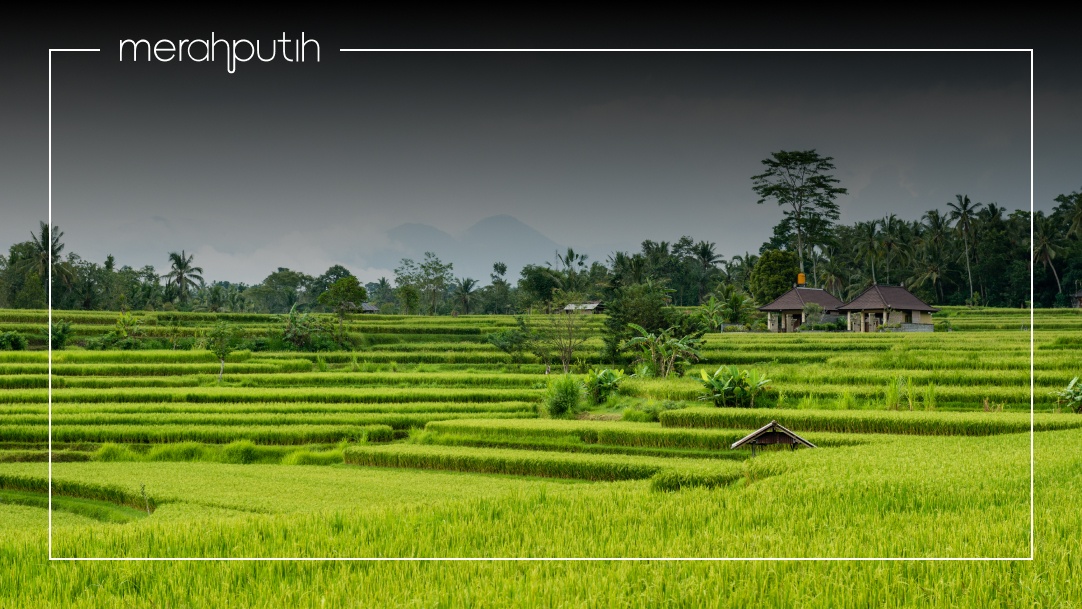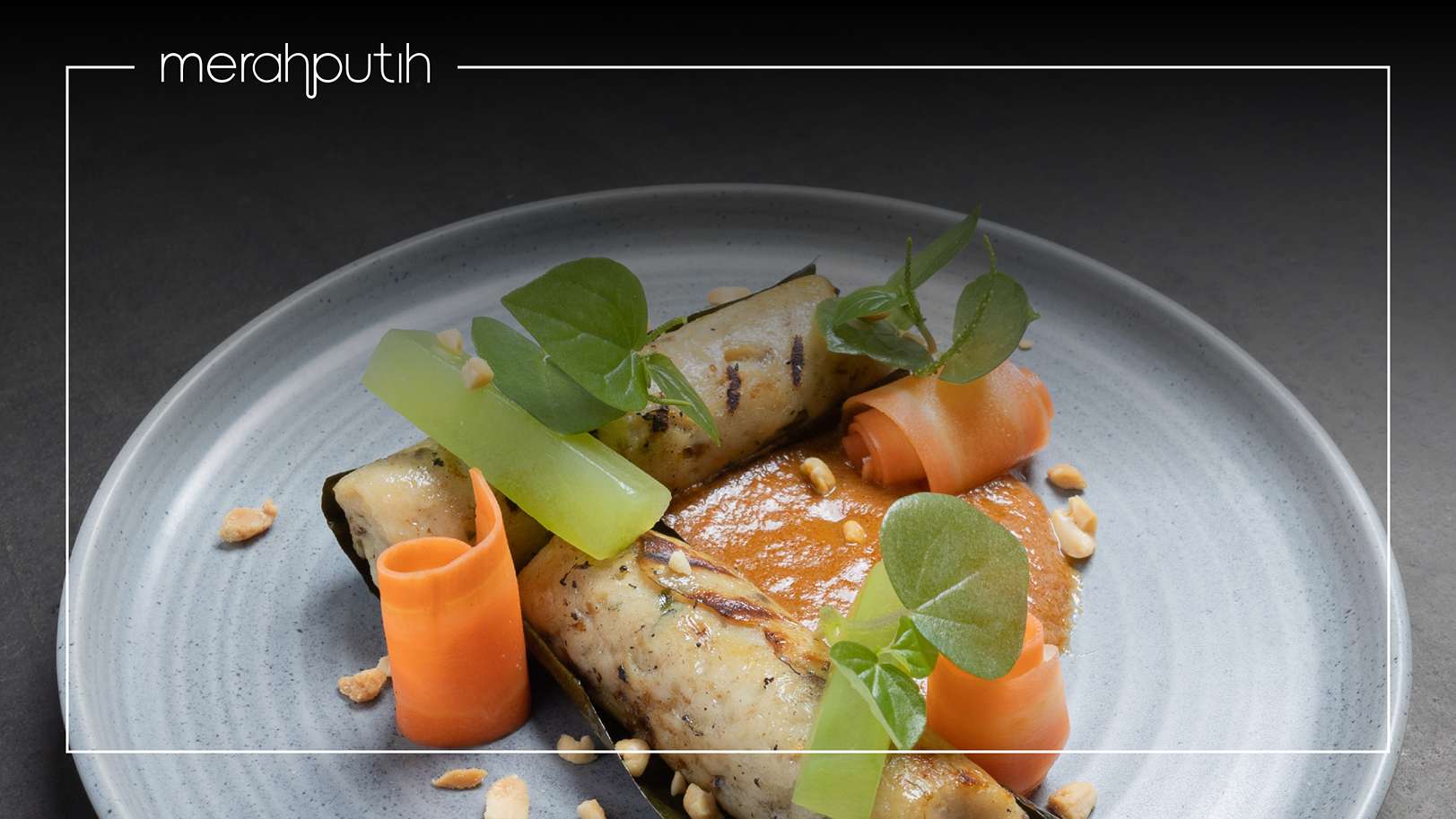The heart of Bali more than just its stunning shorelines and mountain sunrises. As an island that thrives on tourism and agriculture, Bali relies on the organised management of their irrigation system that bring water to its many rice fields. Subak, the infrastructure and principles of the water system, has sustained Balinese rice terraces and agriculture for centuries, and has aptly been recognised by UNESCO as a World Heritage.
On this deeply spiritual island, you can trust that subak is more than just irrigation. It also reflects the underlying principle of Tri Hita Karana – the Balinese Hindu belief of harmony between man and God, nature, and other human beings.
What is subak?
On the surface, subak is a traditional Balinese irrigation system managed by local farmers. This structure acts like blood vessels, bringing water and life to the various rice fields on the island.
As a system, this irrigationcontrols water distribution from the water temples to the island’s rice terraces. This area covers approximately 19,500 hectares, encompassing the regions of Badung, Bangli, Gianyar, Buleleng, and Tabanan.
The running of the entire system follows a set of rules or awig awig, put together by the ancestors centuries ago through a process of deliberation and unanimous consensus. They are based on the principle that every farmer has a right to water.
These rules not only dictate various aspects of crop farming such as water distribution, sowing and reaping schedules, and even the type of grains being sown, but also social aspects like conflict resolution between the people who run it.
The religious and social significance of subak
Beyond agriculture, subak is a manifestation of Bali’s underlying beliefs and values.
The way water is treated and respected is a direct form of the main Balinese religion tirta which worships water and deems this element sacred.
The Balinese also believe that the nature elements of rice paddies, rice fields, and water, are all under the influence of Dewi Sri, the goddess of fertility and prosperity. Every rice fieldhas its own temple, known as Pura Ulun Carik or Pura Bedugul, built by the farmers for them to worship Dewi Sri.
Reflecting Tri Hita Karana, the system shows man’s interdependence on nature, the gods, and each other. Every aspect of irrigation and farming is carried out in religious worship together with community in order to till the ground and reap its fruits, which in return benefit everyone.
The social aspect of Bali’s irrigation system also reflects the spirit of “gotong royong” or mutual cooperation in the way the entire system is run by members of the community, as you will see below.
Religious rituals entwined in agricultural practices
At every stage of the crop cycle, the Balinese would plead for the gods’ blessings, plentiful harvest, and a maintained balance of nature. Below are some of the agriculture-related rituals that take place.
- Mapag Toya: a prayer when taking irrigation water from its source such as dams or springs, asking the gods to bless the water that will be used to hydrate the fields
- Ngendagin: the first time the land is tilled, the Balinese pray for the tilling and planting to go smoothly
- Ngawiwit: a prayer for fruitful harvest before sowing rice grains
- Neduh: when the paddies are a month old, they are prayed over to protect them from pest and any crop diseases
- Biukukung: when the paddies start to flourish, the farmers pray for the gods to maintain the fertility of the crop
- Nyangket: during harvest, this ritual is offered up as a form of thanksgiving
- Mantenin: when the paddies are stored in the barns, they are prayed over for protection and longevity
- Piodalan: the team of people that run the subak are also prayed over for protection
Subak organisational structure
Bali’s rice farmers are known as krama subak. They own a plot of rice field and receive a portion of water for their field every season. There are three groups of them:
- Krama aktif: those who are directly involved in the irrigation, maintenance of waterways, etc.
- Krama pasif: those who are not hands-on in the day to day activities but pay their share
- Krama luput: those who are not directly involved with the subak because they hold other titles or responsibilities
The krama aktif consists of seven groups, each in charge of different aspects of the irrigation and farming system’s daily running:
- Sekaa Numbeg: land / soil tillage
- Sekaa Jelinjingan: water treatment
- Sekaa Sambang: guarding water from theft and crop-destroying animals
- Sekaa Memulih: sowing rice grains
- Sekaa Mejukut: weeding the rice paddies once they’ve grown
- Sekaa Manyi: harvesting paddies when it’s time
- Sekaa Bleseng: transporting the harvest from the fields to the barns
Each subak also has an administrative team consisting of:
- Kelian: head of the subak
- Panglima: co-leader
- Penyarikan: secretary
- Petengen: treasurer
- Saya / juru arah: announcements and updates
- Pemangku: carries out religious rituals
Subak irrigation network
The structure of the irrigation network itself ensures that the krama aktif receives their share of water according to what has been agreed upon in the awig awig. This is how water flows to each rice field.
- Empelan: water source, such as dam or spring
- Bungas: water intake
- Aungan: enclosed waterway
- Telabah aya: main waterway
- Tembuku aya: structure that distributes water from the main waterway to the different channels
- Telabah tempek: channels that bring water to each group of farmers
- Telabah cerik: drains that deliver water to the individual rice fields
- Telabah pancayah: small waterway to distribute water to each field
A trip to Bali wouldn’t be complete without visiting the infamous Jatiluwih and Tegallalang rice terraces. A trek through the fields allows you to witness subak at work – not just the water network, but also the people who run it every day.
After a long day out trekking, what better way to wind down and fuel up than by enjoying local cuisine? Make your way to Merah Putih restaurant in Petitenget, where you’ll be spoiled by a decadent fine dining experience filled with creative takes on timeless Indonesian recipes.
Book a table and don’t forget to use these special gift vouchers.
FAQ
On the surface, subak is a traditional Balinese irrigation system managed by local farmers. Beyond agriculture, the system is based on ancient rules passed down for generations and rooted in religion and community, a manifestation of Bali’s underlying beliefs and values.
Yes, subak was named one of UNESCO’s World Heritage on 29 June 2012.
This irrigation system is based on the principle that farmers have a right to water and ensures that water is distributed to Bali’s rice fields equally.
Bali’s irrigation system is one way to manifest Tri Hita Karana, maintaining a balance between man and God, nature, and each other.



